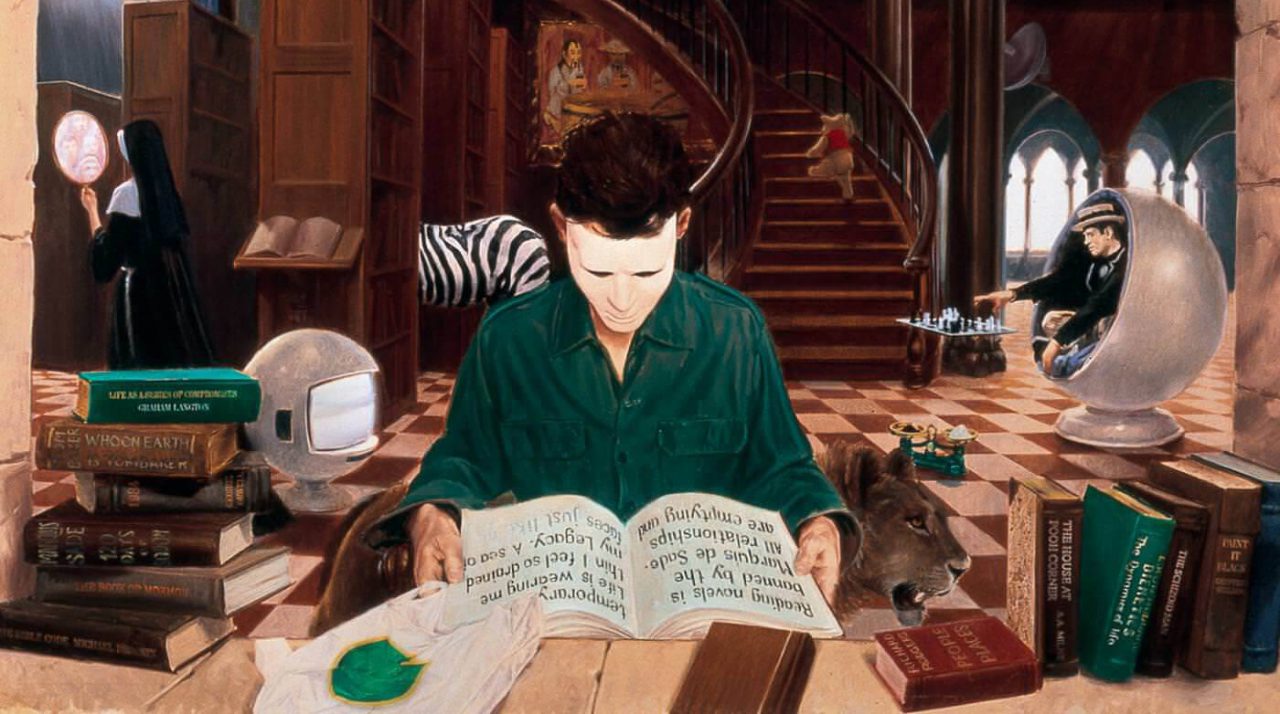The ideological and aesthetic disagreements which plagued the British occult scene of the early 20th Century – a hotbed of splinter organisations trying to pick up the legacy of the shattered Golden Dawn along with more original thinkers – can be understood in part by consulting the tarot. I don’t mean by doing any sort of tarot divination – I mean by taking a look at the actual decks which were produced at the time as vehicles for esoteric messages and tools for cartomancy.
Though Victorian occultists liked to claim that tarot dated back to ancient Egypt, it’s fairly evident that it originated in 15th Century Italy – playing cards in general having been circulated for quite some time before then, prior to people having the brainwave of adding in a set of trumps with allegorical images on them. For some 300 years or so their use was more or less exclusively in card games; only in the 18th Century did people begin to experiment with them as tools for divination, and for a good while after that occultists seem to have been largely satisfied with using standard designs – the Tarot of Marseilles being the most popular one. Though a custom deck by “Etteilla” (AKA Jean-Baptiste Alliette), designed in the 1780s, is held to be the first deck designed specifically for divinatory purposes, it makes a number of changes to the ordering of the Major Arcana compared to the Marseilles deck.
Still, with the passage of time, practitioners loaded up more and more concepts onto the structure of the Tarot; Éliphas Lévi would draw specific links between the 22 Major Arcana and the letters of the Hebrew alphabet, the better to tie in Tarot and Kabbalah, and the Golden Dawn developed a complex system of arcane correspondences, ascribing the cards to different paths and features of the Kabbalistic Tree of Life, drawing connections between them and the classical elements and signs of the Zodiac and so forth, and generally super-charging them with connections to other components of their occult cosmology. In fact, Tarot was so important to the Golden Dawn that it’s absolutely rife in the Cipher Manuscripts that its founders Totally Discovered Somewhere, Honest.
It was inevitable that sooner or later, new decks would be devised to incorporate these ideas. Before its split, the Golden Dawn itself never published an “official” deck for public consumption – that would hardly fit the “elite secret society” concept – but that would change in 1909. The deck which used to be popularly known as the Rider-Waite deck, but is increasingly known as Rider-Waite-Smith or just Waite-Smith, was conceived by A.E. Waite (who also wrote the accompanying book, The Key To the Tarot), but the actual art was executed by Pamela Colman Smith. (The “Rider” in the name refers to its publisher, the Rider Company.)

Waite and Smith were both members of the Independent and Rectified Rite of the Golden Dawn, sometimes known as the Holy Order of the Golden Dawn (as distinct from the original Hermetic Order). This faction was largely led by Waite and others of similar temperament to him, distinguished by having a strong preference for mysticism over magic – meditative exploration of personal spirituality they considered rad and cool, especially if it was Christian in flavour, but attempting to perform actual magic was not, as far as they were concerned, the point. Originally carrying along a fair number of significant members – including Arthur Machen and Algernon Blackwood – the group would eventually self-destruct when Waite would make the cardinal error of worrying too much about where the Cipher Manuscripts came from. Beginning in 1908, he undertook a determined investigation to try and figure out what their deal was, and shockingly enough came to the conclusion that they didn’t represent a source of secret knowledge dating back to ancient Egypt, and (whisper it) might even be bullshit.
Continue reading “Pamela’s Pagans, Frieda’s Freakouts, and Spare’s Lost Envoy: A Tarot Tour”